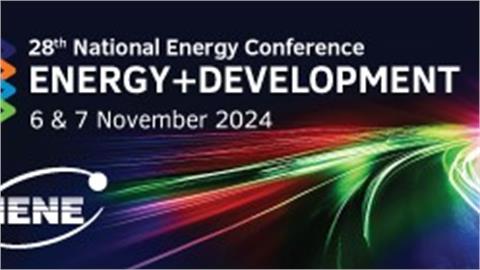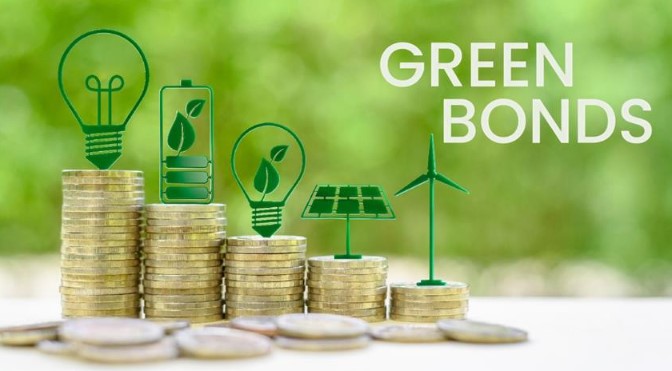As opposition to the use of gas as substitute fuel in the drive towards decarbonization is growing daily in EC's senior echelons, most energy corporations which use coal or lignite for power generation in SE Europe are looking forward to the switch to gas as this is the fastest and most efficient way to remain in business.
As opposition to the use of gas as substitute fuel in the drive towards decarbonization is growing daily in EC's senior echelons, most energy corporations which use coal or lignite for power generation in SE Europe are looking forward to the switch to gas as this is the fastest and most efficient way to remain in business.
With coal use becoming more and more marginalized in economic terms, gas offers a real alternative which can help electricity companies provide competitively priced base load which is essential if we are to aim for further renewables penetration.
With RES making slow advances in gaining greater share in the energy mix in most countries in SE Europe, natural gas is proving to be the only realistic option for a fast move away from coal or fuel oil power generation. Hence, and much to the chagrin of European beaurocrats who are eager to stop financing gas infrastructure projects in Europe's southern flank, in a hopeless effort to discourage the use of gas, gas markets are not only proving to be resilient but are expanding especially since a lot more gas volumes are now flowing into SEE.
The completion almost simultaneously of a number of major gas arteries including the TurkStream and TAP and the upgrade of key LNG terminals such as Revithousa in Greece, has ensured the flow of substantial newgasvolumes into the region. With a series of new gas interconnectors and LNG floating terminals at an advanced planning stage or under construction (e.g. the IGB interconnector) gas markets are set for a major regional expansion to be facilitated by more flexible gas pricing mechanisms.
The two new Working Papers authored by IENE staff and a senior associate published today focus on the evolving gas markets in SE Europe, the challenges faced under the new European energy environment,the introduction of new gas pricing mechanisms through the operation of gas trading hubs and the challenges posed by the need for additional gas infrastructure facilities. The paper by Dr. Charles Ellinas on"theRole ofgas in the new European energy environment and the importance of East Mediterranean”throws a lot of light on the constraints currently faced which hinder further gas market development at this stage. The second paper jointly authored by DimitrisMezartasoglou and Costis Stambolis"Prospects for the Establishment of Gas Trading Hubs in SE Europe”focuses on the new gas pricing mechanisms provided by gas trading hubs, now in nascent form in various SEE countries, which will facilitate gas to gas completion and hopefully achieve cheaper gas prices for the consumer.




